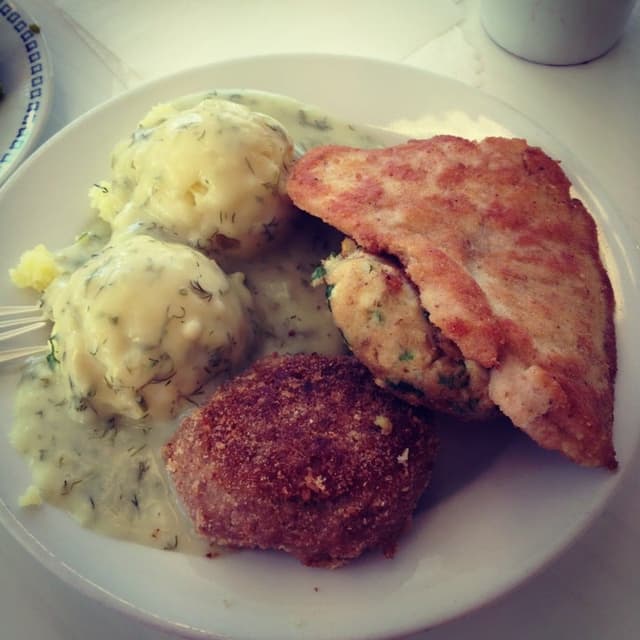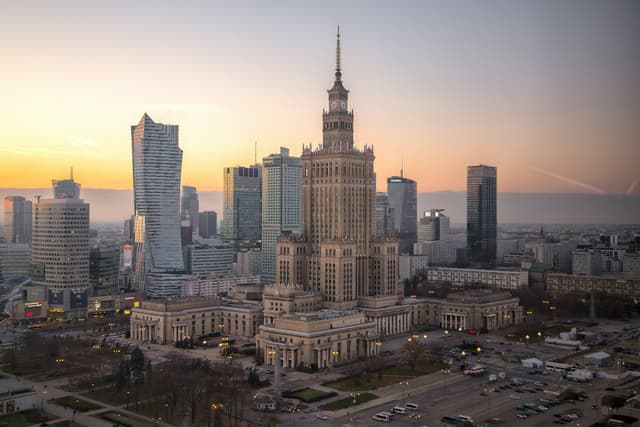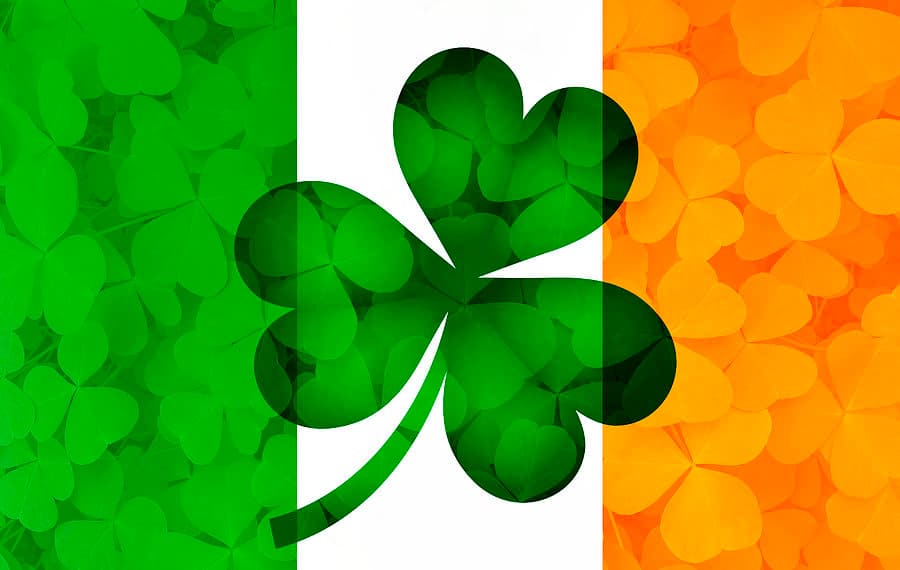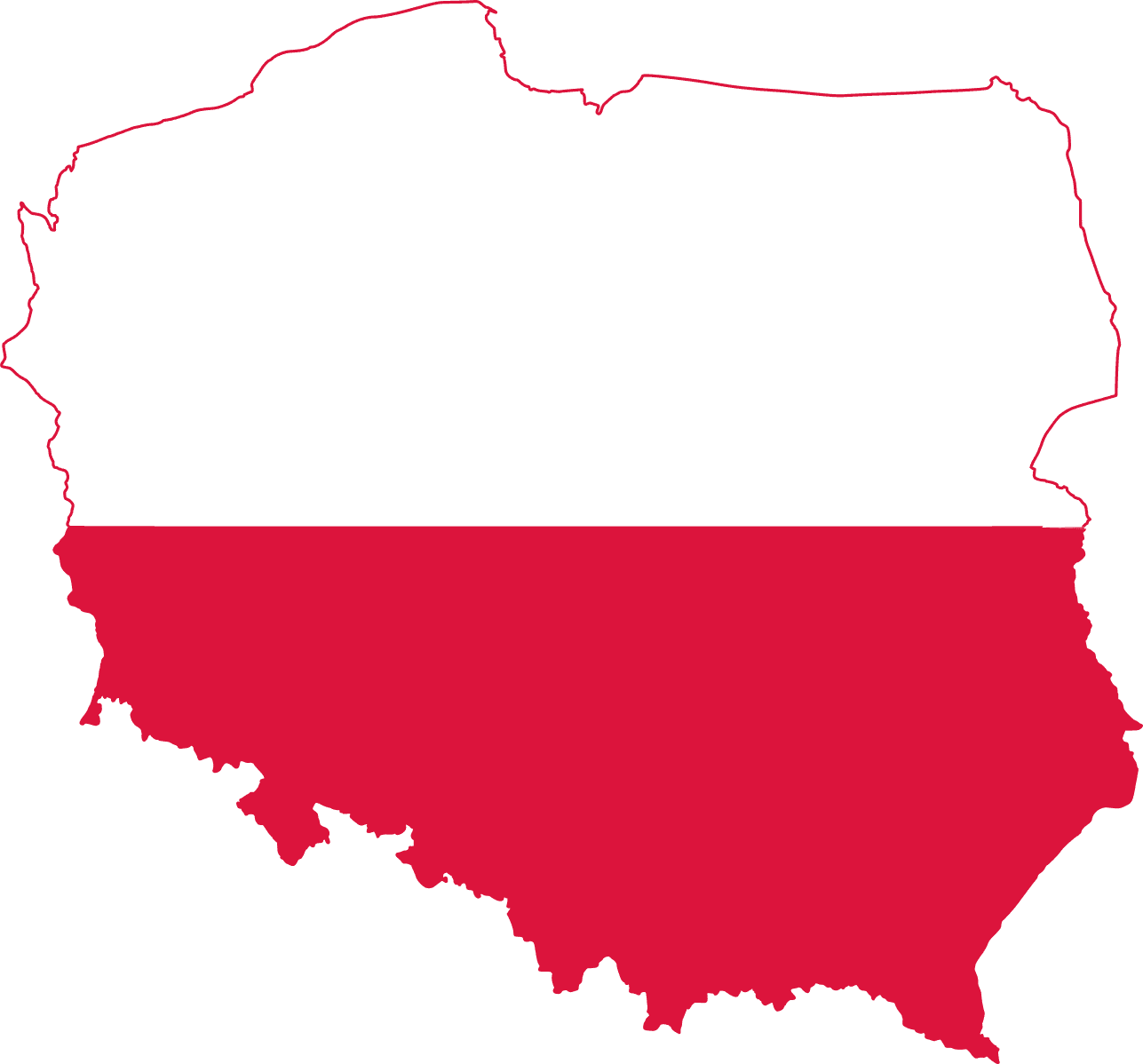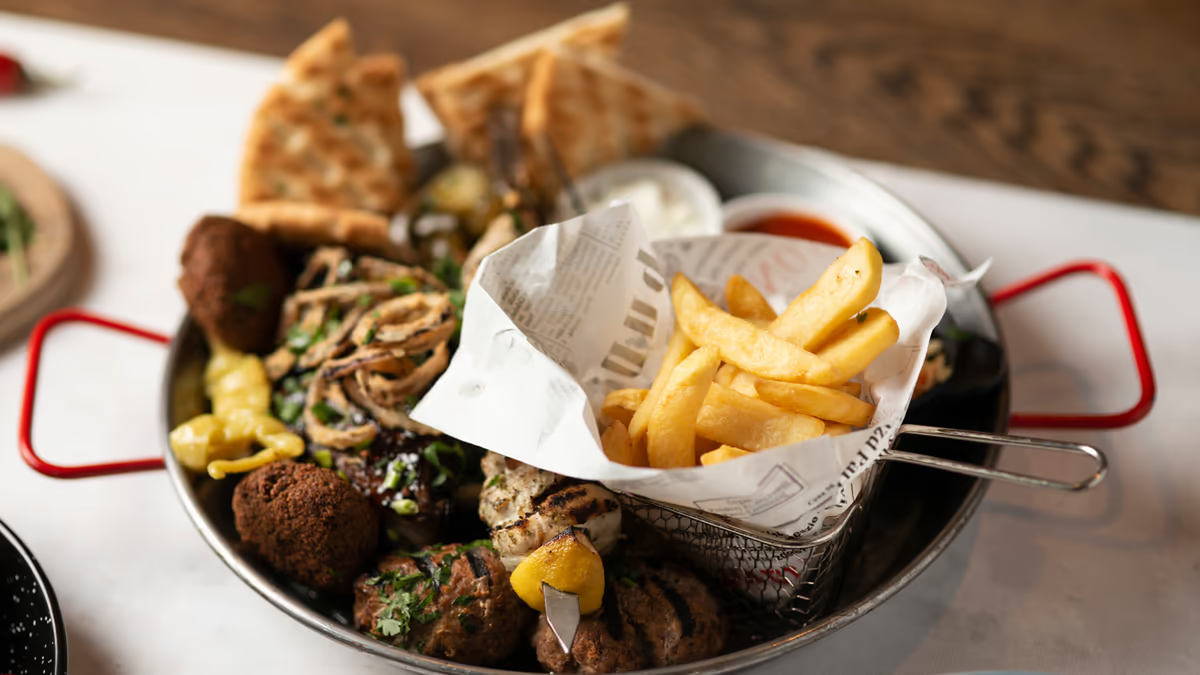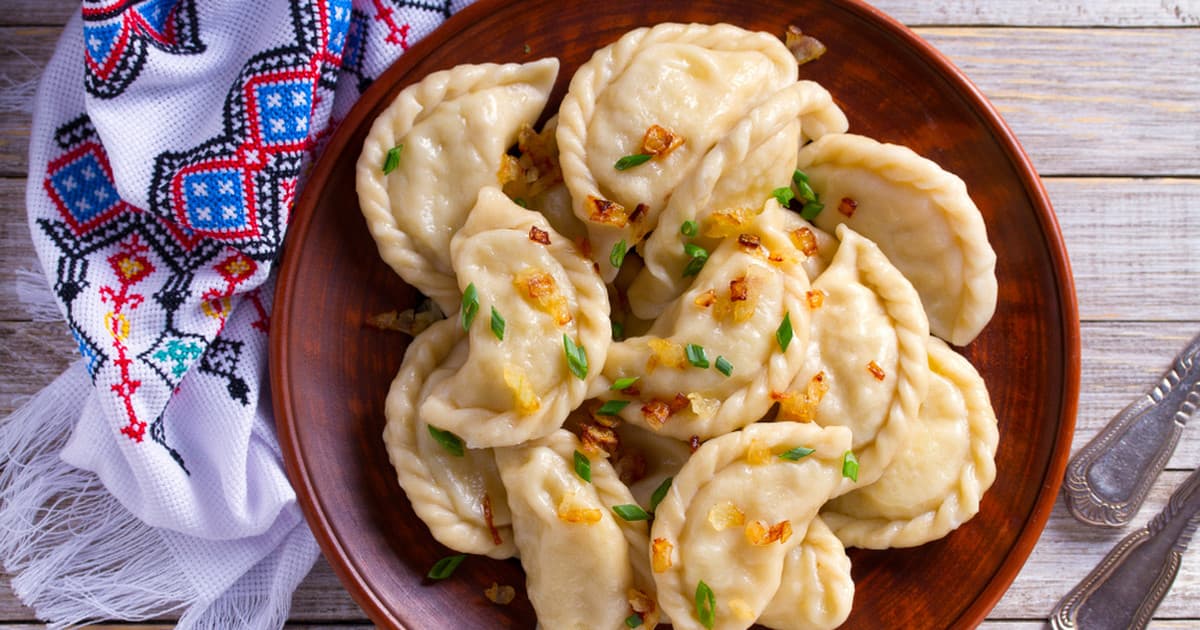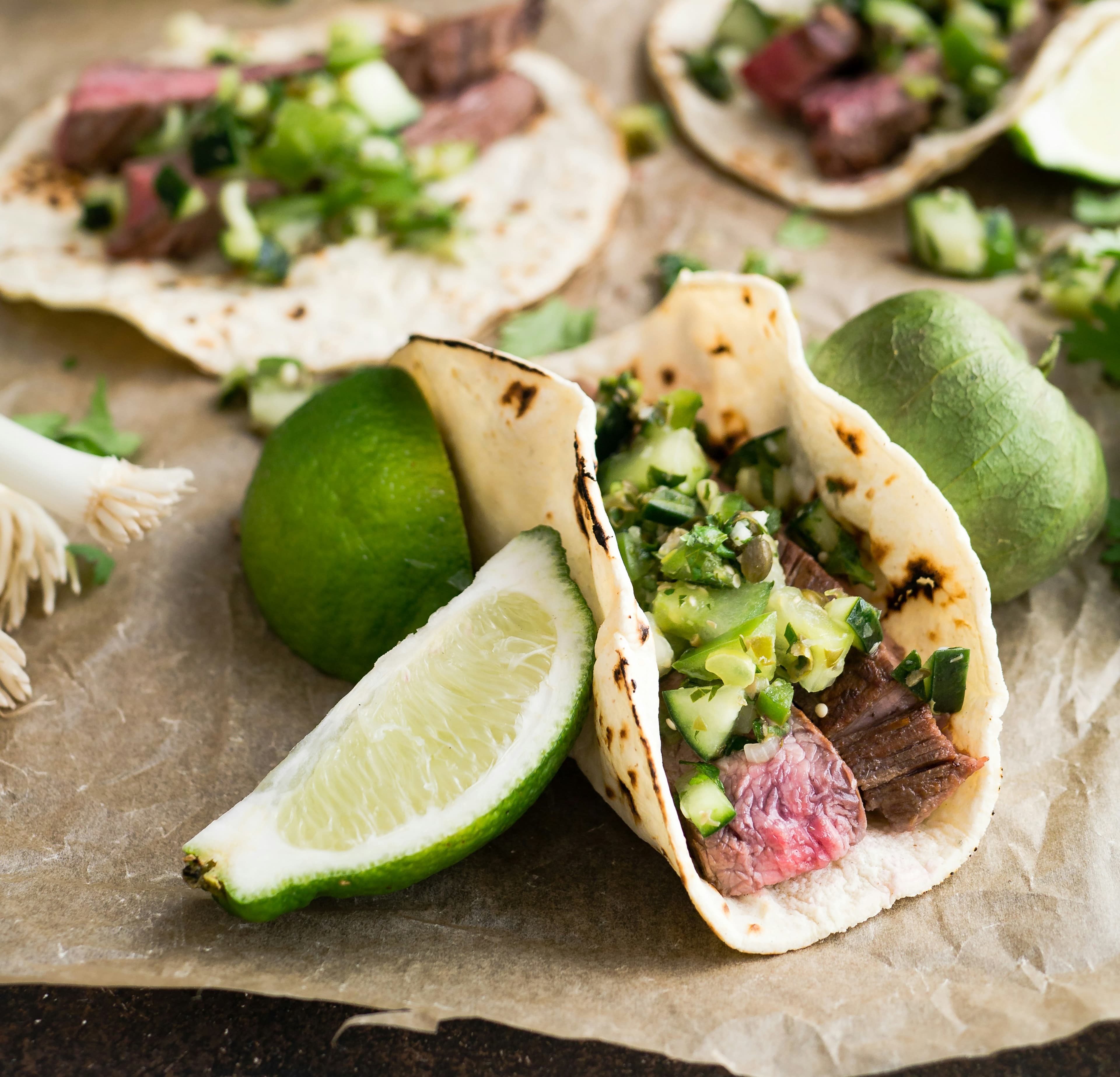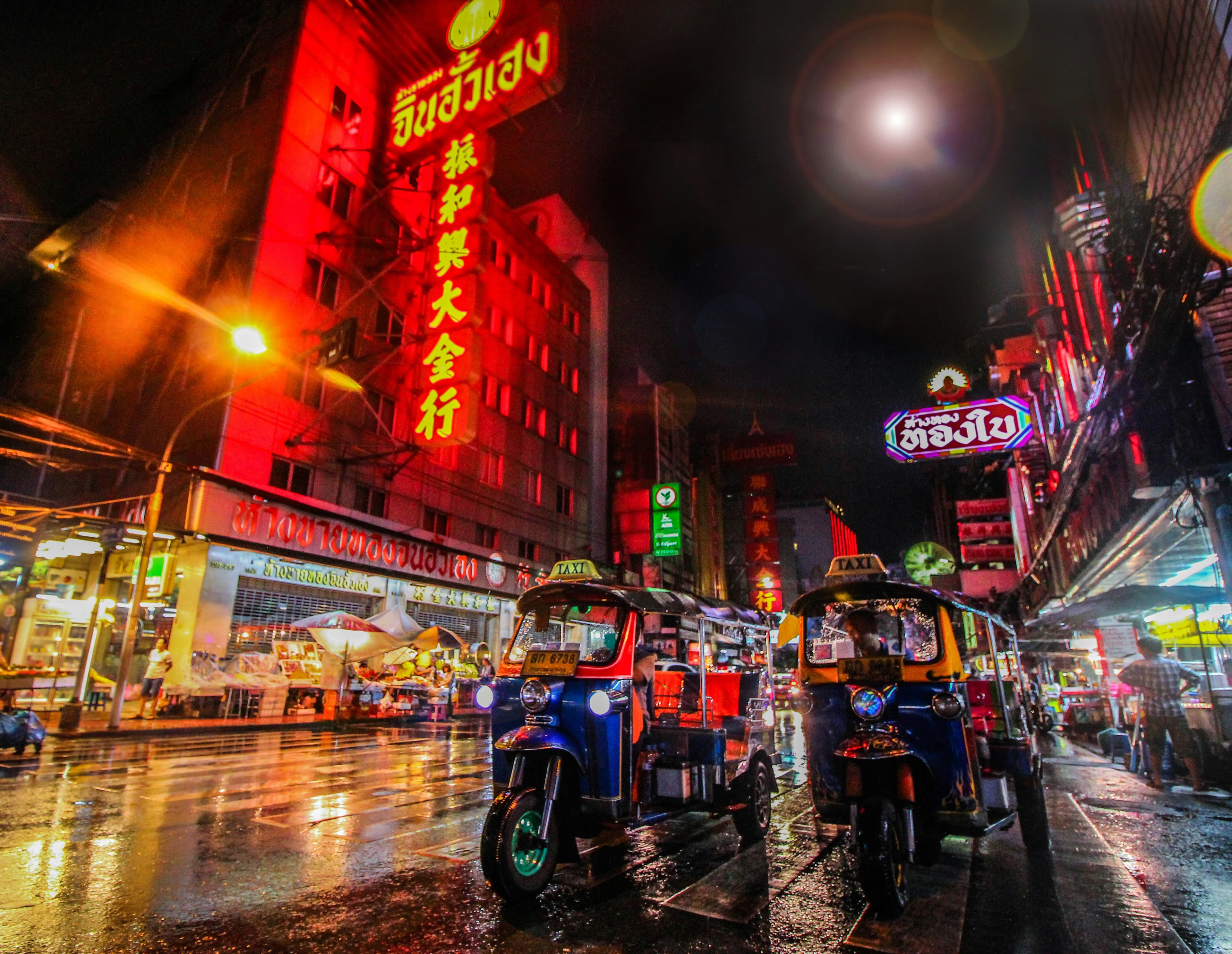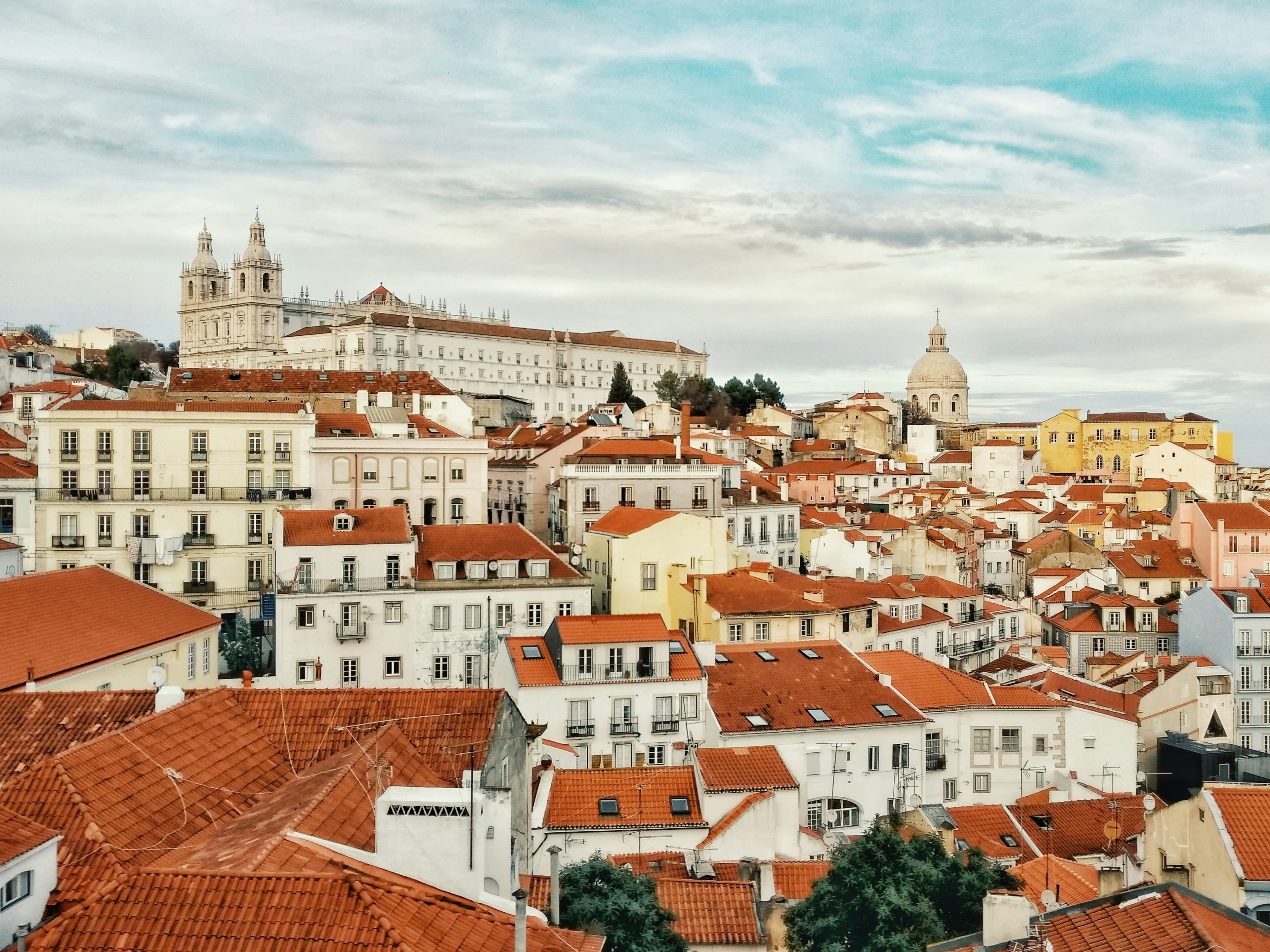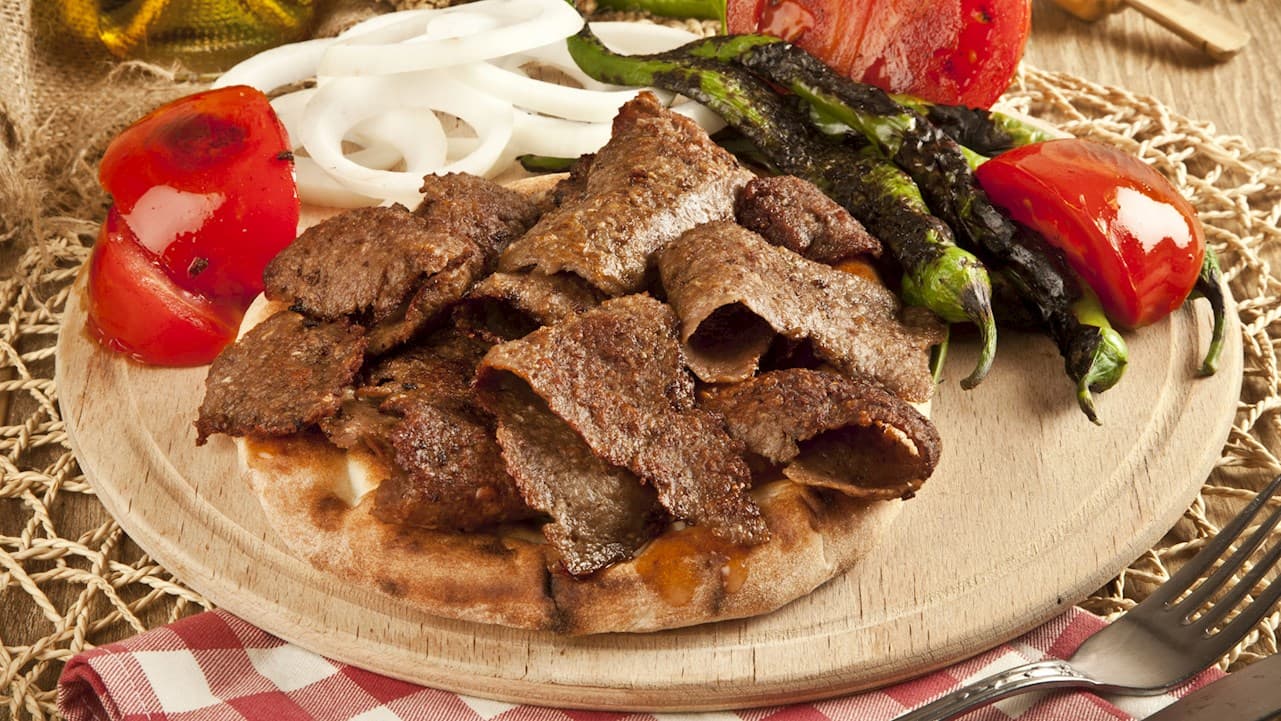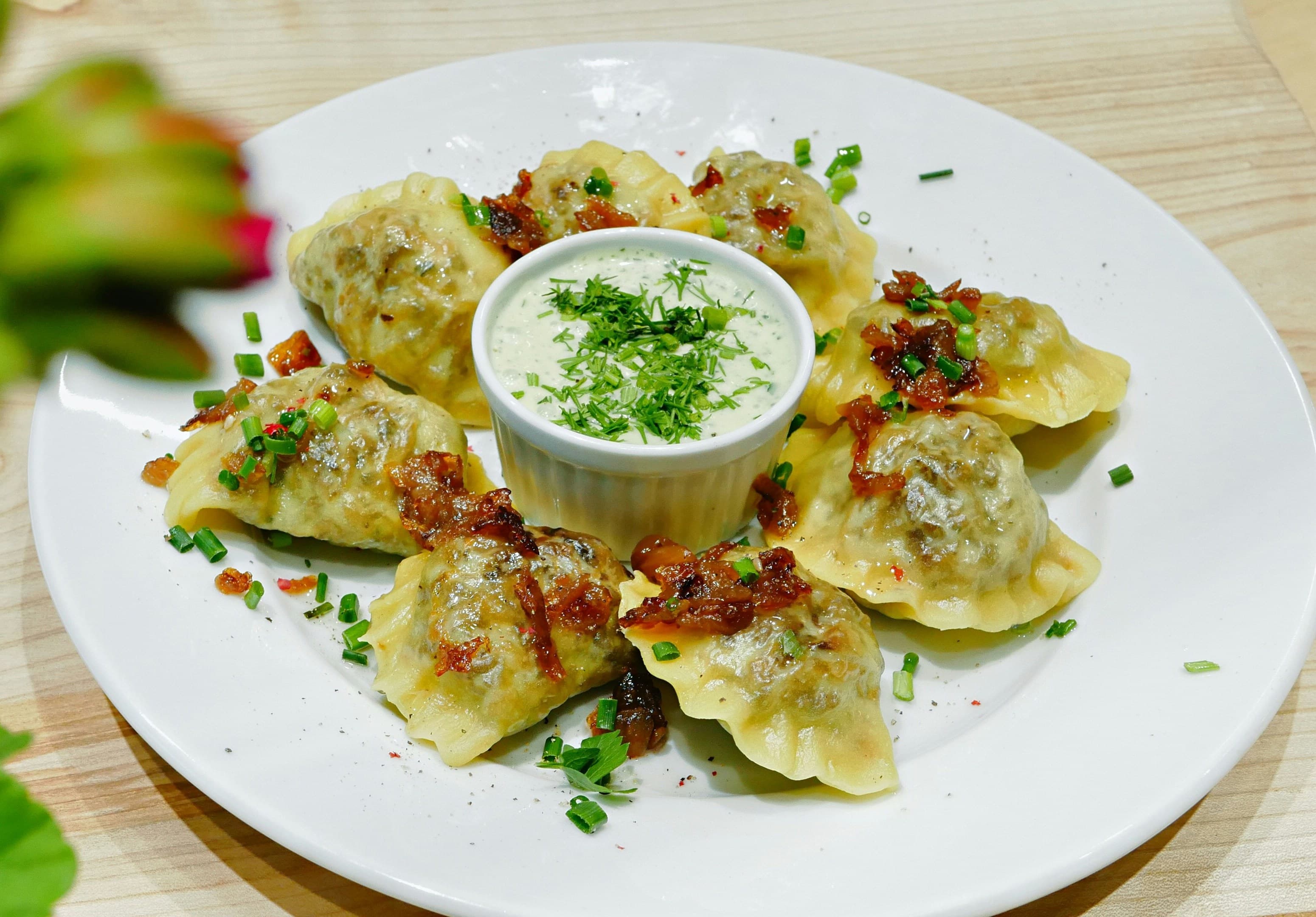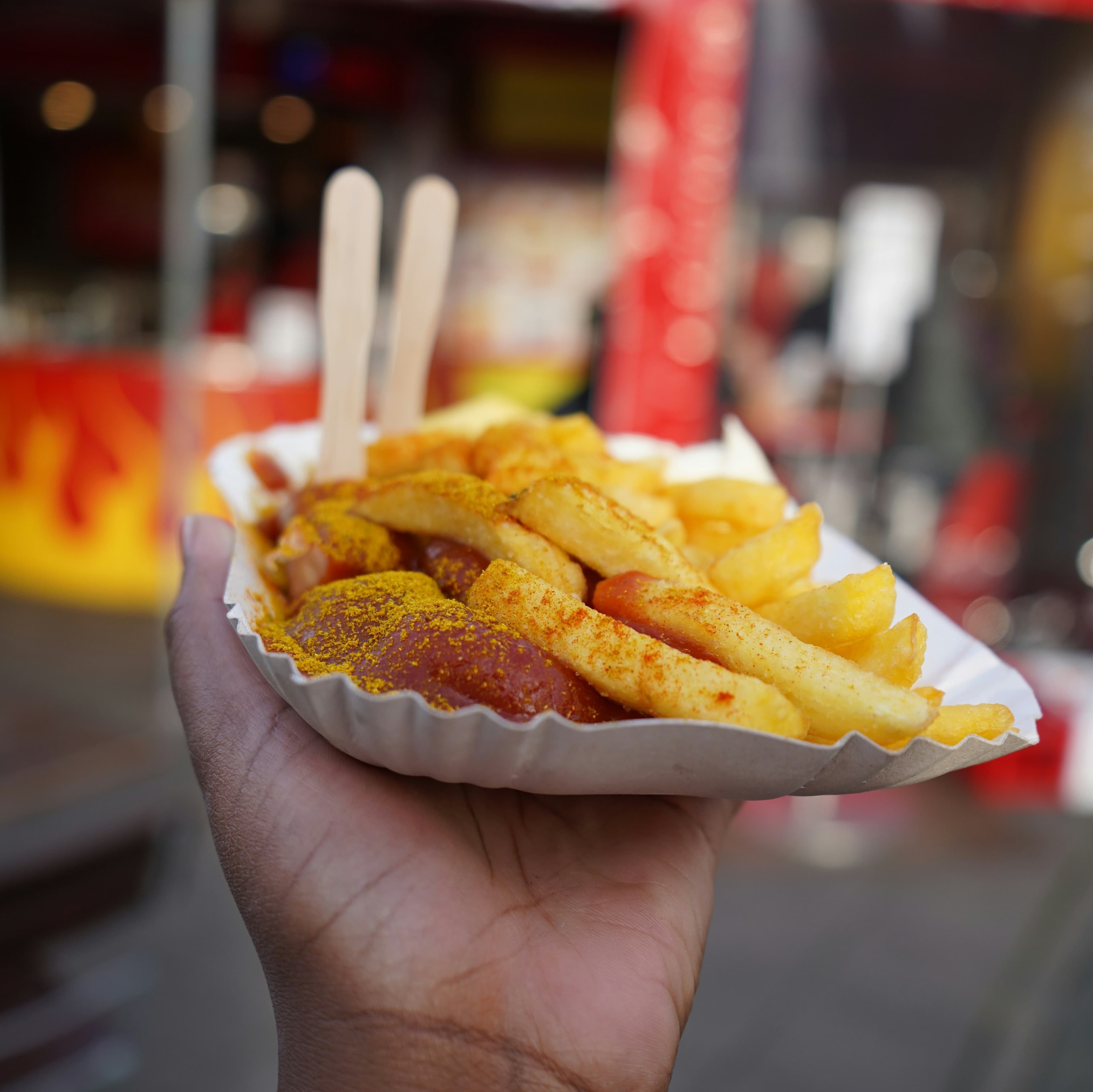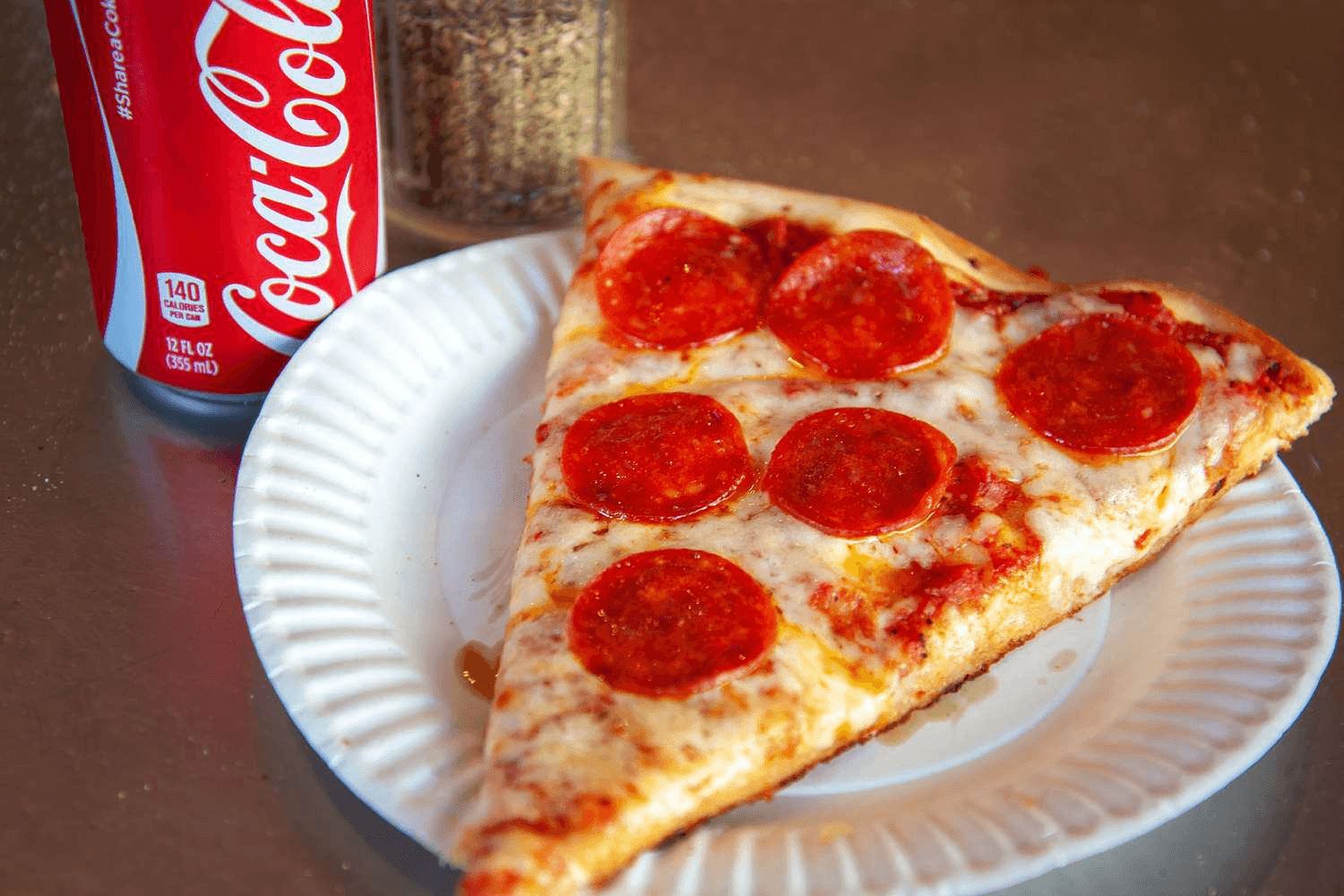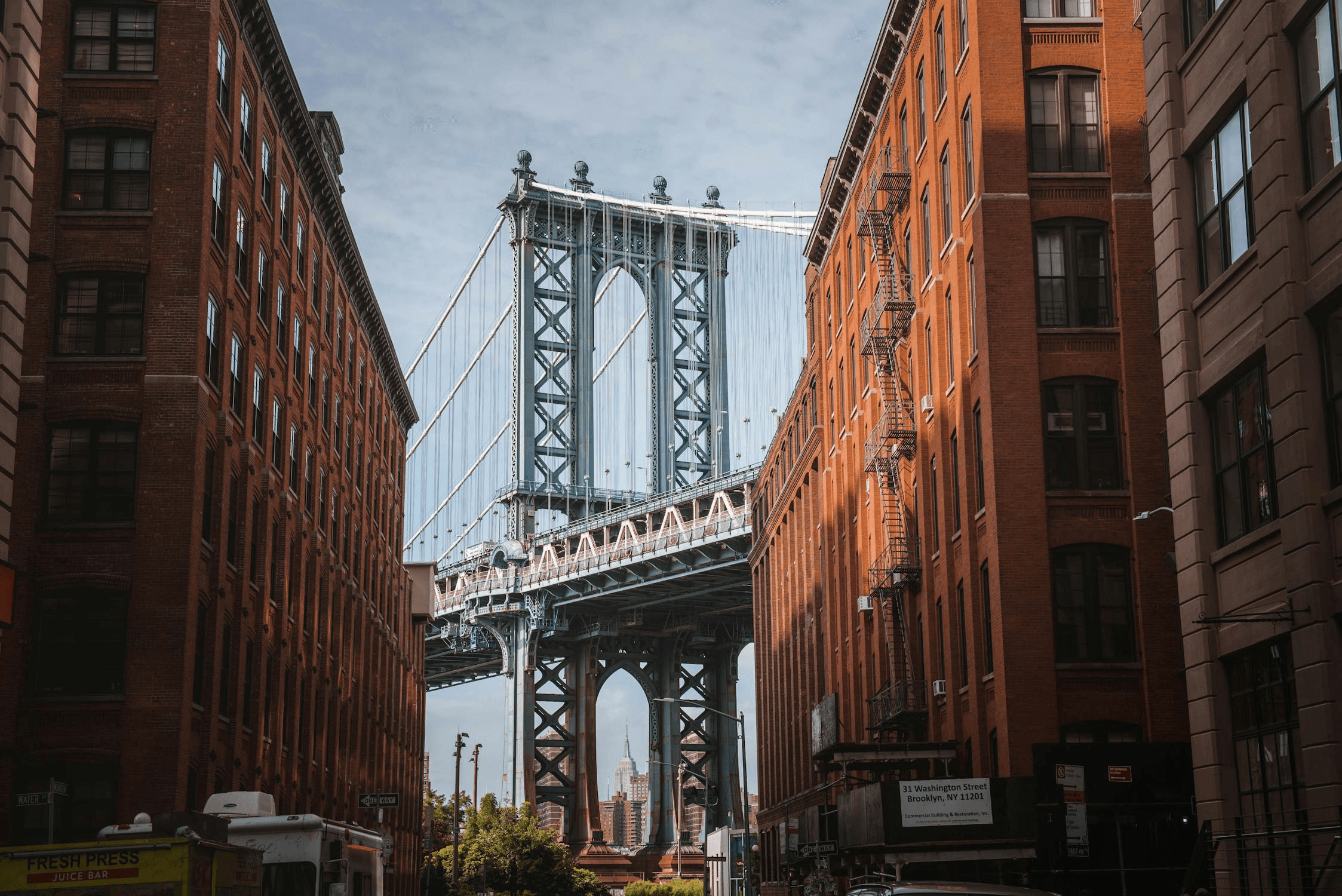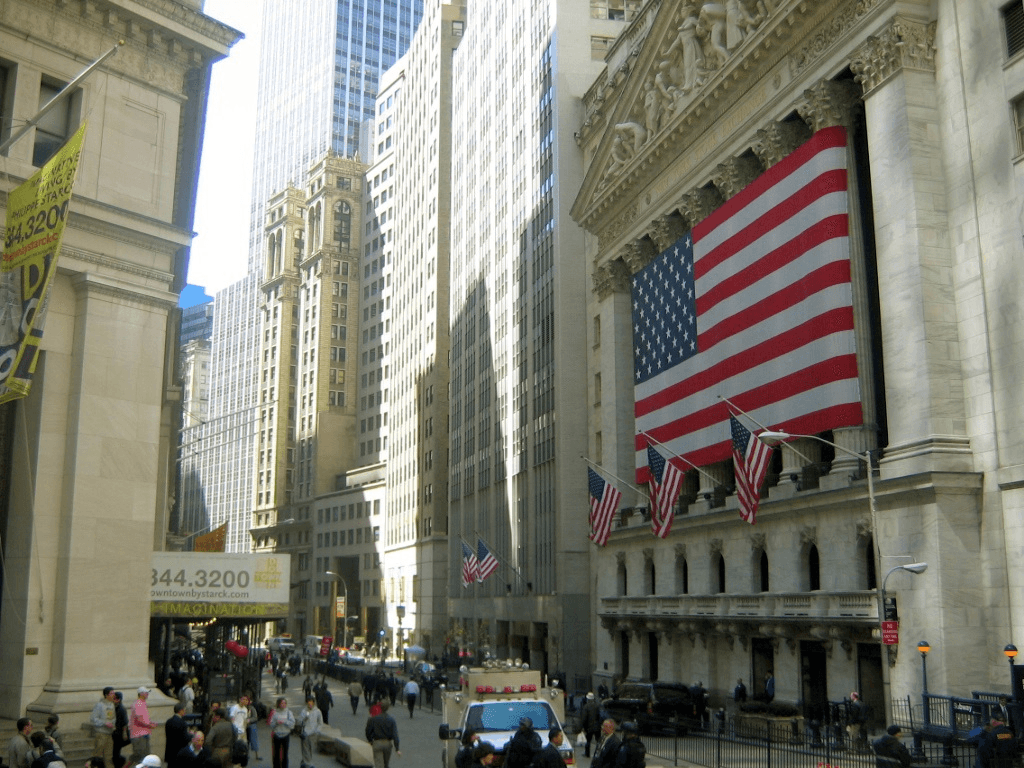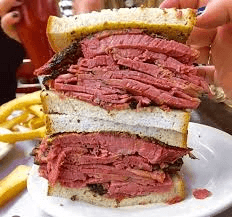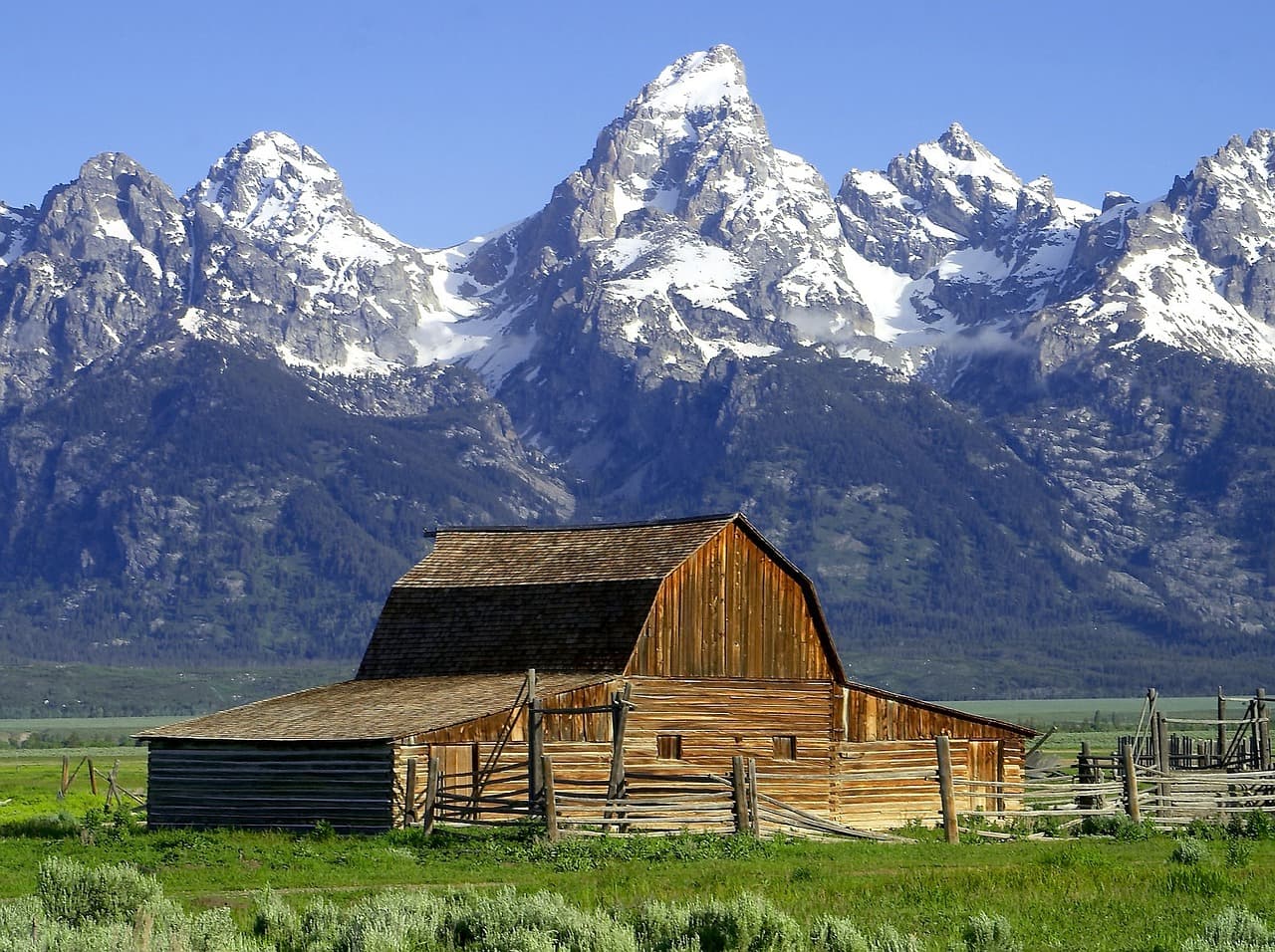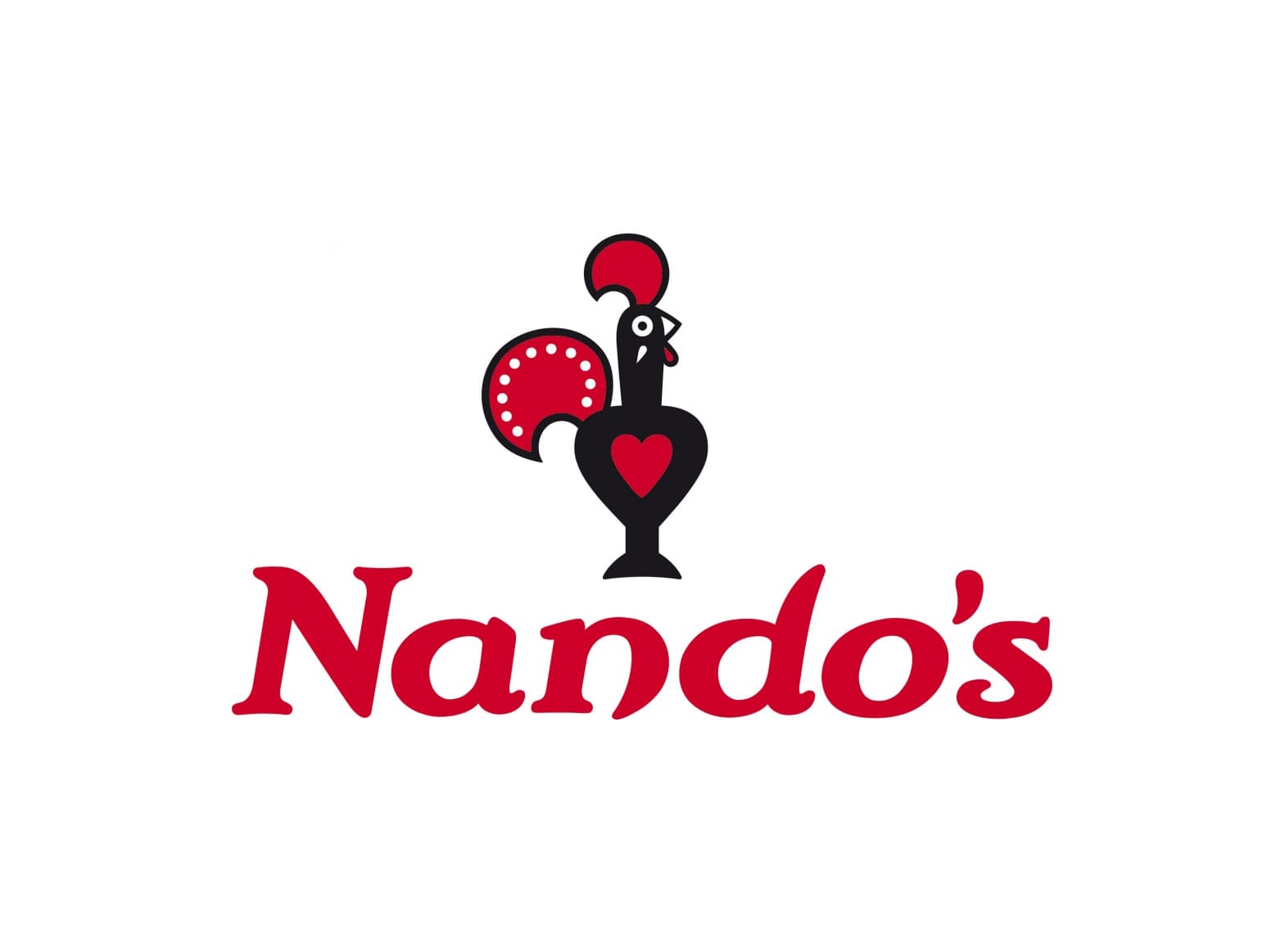Bar Mleczny Słoneczny vs. Warsaw, Poland
Bar Mleczny Słoneczny
An authentic Polish milk bar. Cheap and delicious. Serves typical Polish foods. Probably the most affordable place in the center of Gdynia. Can get crowded at lunch time.
Warsaw, Poland
Warsaw is the capital of Poland, sitting on the Vistula River in the east-central part of the country. With nearly 1.9 million people in the city and over 3 million in the wider metropolitan area, it’s Poland’s biggest city. It’s a place where old and new collide—modern skyscrapers stand next to rebuilt historic districts, and its skyline is a mix of glass towers and ornate churches. The Old Town, destroyed in World War II and painstakingly rebuilt, is now a UNESCO World Heritage Site. Walking through its cobblestone streets, you’ll find the Royal Castle and the colorful Market Square. Not far off is the Royal Route, a stretch of old palaces, churches, and the Presidential Palace, leading down to the grand Wilanów Palace and its gardens. Despite the scars of war—most of the city was flattened during WWII—Warsaw bounced back fast. The post-war communist era left a mark with grey apartment blocks and the towering Palace of Culture and Science, a gift from the Soviet Union that’s still...
Reviews
Reviewed on 1/26/2025
Delicious and cheap! I always eat there when I'm in Gdynia.
Reviews
Reviewed on 2/25/2025
Friendly towards foreigners. Affordable. Most people speak English. Safe. Not great in the winter though. The weather is crap, you never get to see the sun, and air quality gets bad. Still, summers in Warsaw are great, so I give it 4 stars.
| Item | Votes | Upvote |
|---|---|---|
| Affordable | 1 | |
| Tasty | 1 |
| Item | Votes | Upvote |
|---|---|---|
| Gets crowded at lunchtime | 1 |
| Item | Votes | Upvote |
|---|---|---|
| Fun | 2 | |
| Affordable | 2 | |
| Safe | 2 | |
| Most people speak English | 2 |
| Item | Votes | Upvote |
|---|---|---|
| Practically no sunlight in the winter | 1 |
Frequently Asked Questions
Bar Mleczny Słoneczny is an authentic Polish milk bar located in the center of Gdynia. It is known for being cheap and delicious, serving typical Polish foods. It is considered one of the most affordable dining options in the area.
The pros of Bar Mleczny Słoneczny include its affordability and tasty food, making it a popular choice among locals and visitors. However, a con is that it can get crowded at lunchtime, which may lead to longer wait times.
Bar Mleczny Słoneczny has a casual and welcoming ambiance typical of Polish milk bars. It is a place where you can enjoy traditional Polish meals in a relaxed setting, although it may become bustling during peak lunch hours.
Customers have praised Bar Mleczny Słoneczny for its delicious and affordable meals. One user commented, 'Delicious and cheap! I always eat there when I'm in Gdynia,' highlighting the positive dining experience.
The pros of visiting Warsaw, Poland include its affordability, safety, and the fact that most people speak English, making it accessible for tourists. Additionally, the city is fun to explore with a mix of modern and historic attractions. However, a notable con is the lack of sunlight during the winter months, which can affect the overall experience.
Warsaw, the capital of Poland, has a complex history marked by destruction and resilience. Most of the city was flattened during World War II, but it was painstakingly rebuilt and is now a UNESCO World Heritage Site. The city remembers its past with museums like the POLIN Museum and monuments commemorating the Warsaw Uprising.
In Warsaw, you can explore the Old Town, visit the Royal Castle, and stroll through Łazienki Park. The city also offers a vibrant cultural scene with jazz festivals, classical concerts, and a buzzing nightlife. Food enthusiasts can enjoy traditional Polish dishes as well as modern cuisine in various restaurants and cafes.
Warsaw experiences typical Central European weather, with cold, snowy winters and warm, sometimes stormy summers. Spring and autumn can be mild and pleasant, but the weather can change quickly, so it's advisable to be prepared for varying conditions.
Yes, Warsaw is considered safe for tourists. The city has a low crime rate, and many visitors report feeling comfortable while exploring its streets and attractions. However, as with any major city, it's always wise to stay aware of your surroundings and take standard safety precautions.
